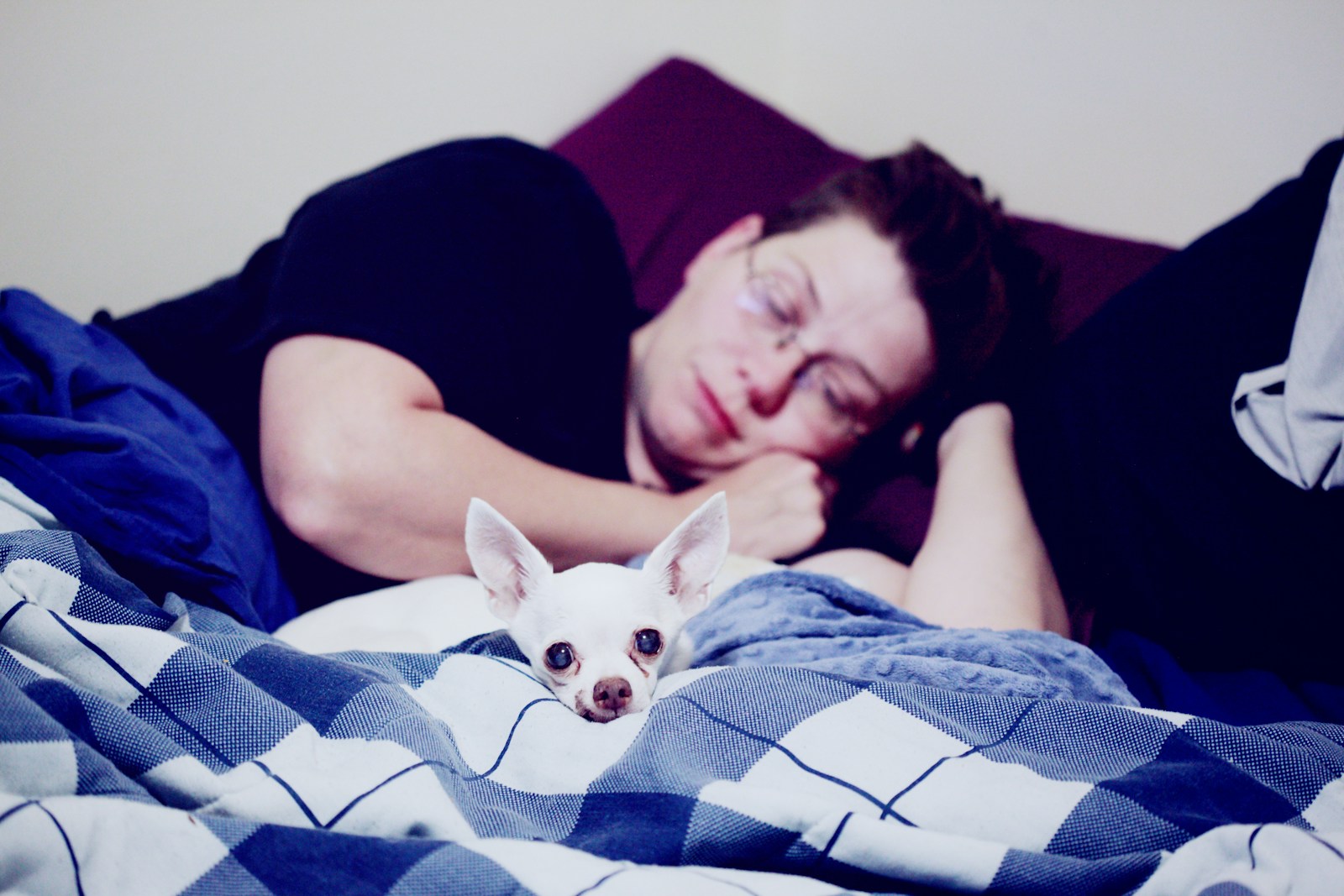
The sight of your dog constantly scratching or finding ticks in your horse’s fur, for instance, creates a necessity for solutions that are immediate. Dympigal has been a reliable antiparasitic medication for so long, but still, a lot of pet owners are uncertain about the proper application techniques and safety measures. This detailed guide takes you through all the steps that are necessary for the effective use of this veterinary remedy while ensuring the safety of both your animals and you.
Understanding Dympigal and Its Purpose in Veterinary Care
Dympigal is a powerful topical antiparasitic solution with dimpylate as the sole active ingredient. The organophosphate chemical is effective against external parasites like ticks, mites, lice, and biting flies that negatively affect the well-being of animals. This treatment is not like oral medications that have a systemic effect; it is applied directly to the areas of concern via baths, sprays, or topical applications.
This product is the number one choice for veterinarians and experienced livestock farmers when dealing with heavy parasite infestations in animals or when inexpensive solutions are needed. The product has become an absolute necessity in situations such as dog shelter environment, care for hunting dogs and managing horses, where parasites are easily transmitted because of several animals sharing the same space.
What Makes Dympigal Effective Against Parasites
The treatment’s mechanism is based on the inhibition of acetylcholinesterase enzymes in the nervous systems of parasites. This process results in the paralysis of the pests and ultimately their death. If the process is done with the right dilution and coverage, the first thing you will see is the dropping off of parasites within hours, followed by less scratching and better skin condition after a few days.
The success is entirely dependent on three factors: the correct dilution ratios, a thorough application that reaches the skin under the coat, and the correct contact time before rinsing. A lot of treatment failures occur because of not having the right product-to-water ratios or not taking the time to apply the product properly and ensure complete coverage.
When Should You Consider Using Dympigal
The acknowledgment of real parasite issues helps to avoid under-treatment as well as people and animals getting exposed to chemicals more than necessary. Signs that can be noticed are constant scratching that is more than ordinary behavior, hair falling out in spots, look-alike ticks and mites during skin checking, and changes in behavior like restlessness or irritability.
Dogs that have been hunting and come back from the woods usually have a lot of ticks on them, which need to be taken care of right away. Horses that are troubled by stable flies are able to show that they are bothered by their tail swishing, skin twitching, and they are being more irritated around the face and legs. Animals in the spring pastures have to put up with similar problems when the biting flies become abundant.
Identifying Parasite Problems in Your Animals
A physical examination shows the extent of the infestation more than mere observation of the behavior would. Split the fur to see the skin directly and look at the ear, armpit, groin, and tail base areas where parasites usually gather. A fine-tooth comb through the fur may pull out living parasites or their waste which looks like dark spots.
The environment has its own signals that indicate the risk of infestation is increasing. Pets that are in the woods, tall grass, or public areas for a long time are subjected to higher risks. The seasons are important also; the ticks are most active in the spring and the fall while the flies are most numerous in the summer.
Step-by-Step Application Guide
Effective and safe treatment basically depends on proper preparation. Before starting, collect your items: protective gloves, tools for precise dilution measurement, lukewarm clean water, and either spray bottles or bathing containers depending on the method you choose.
Preparing the Correct Dilution
Accurate mixing not only saves the treatments but also prevents side effects. Standard dilution guidelines suggest 5 ml of Dympigal per liter of warm water for small animals that are heavily infested. In the case of larger animals such as horses, when preparing full-body baths, the amount should be increased to 74 ml per 10 liters.
Always add the concentrated product to the water, not the other way around, and mix it thoroughly before applying it. Only prepare the amount you will use right away because diluted solutions are less potent when stored. The temperature also plays a role; using lukewarm water for the treatment is more beneficial than cold and is actually the same as having a bath for the animal.
Application Methods That Work
Bath treatments are intended for animals that can stand for the immersion. Start by soaking the animal completely with plain water, then apply the diluted solution to the area with the skin contact. Systematically work the mixture through the coat, giving more time to the heavily affected areas. If the product instructions allow, let it stay on for five to ten minutes before rinsing.
In the case of nervous animals, or if the treatment is only needed for a specific area is, Spray applications are the best option. A spray bottle filled with a properly diluted solution should be used, then apply in a systematic pattern covering all affected areas. As you spray, part the fur with your free hand to ensure that the skin gets the solution. Do not spray around the eyes, nose, mouth, or open cuts.
For localized treatment, take a clear cloth, and dampen it with a diluted solution. Apply it to the affected areas thoroughly. This method offers great control when applying to the face or when treating a very anxious animal that is not a bather.
Critical Safety Guidelines You Must Follow
Organophosphate compounds require utmost care and handling. Don’t ever use this kind of treatment on animals that have open wounds, active dermatitis, or whose skin integrity is compromised. The risk of toxicity is greatly increased due to the enhanced absorption through damaged skin.
Properly scheduled treatments keep needless exposure at bay. Do not treat pregnant animals, nursing mothers, or very young animals without super clear veterinary instructions. These groups are the most sensitive to chemical treatments and show the equivalent.
Species-Specific Warnings
When properly diluted, dogs more or less accept this product, but puppies younger than twelve weeks need to see a vet before being treated. Cats are much more sensitive to organophosphates than dogs—due to differences in their metabolism veterinarians strongly advise against using Dympigal on cats as it could be potentially toxic.
Horses generally do not mind being treated with products for external parasites, just make sure the horse has no abrasions or cuts from rubbing that would allow for excessive absorption. Livestock for food consumption will need more stringent withdrawal periods and regulatory compliance based on where you are.
Environmental and Handler Protection
By all means, don’t forget to wear waterproof gloves all the time when mixing and applying. If possible, use outdoor areas that are well-ventilated to reduce inhalation exposure to the minimum. Make sure to keep children and untreated pets away during the application and drying times.
Pollution of the environment really raises issues. Never apply to animals in the vicinity of water bodies, such as ponds and streams, or in other areas where runoff can affect the fish and other aquatic organisms negatively. Rather than pouring it down the drains, throw away unused diluted solution as per local hazardous waste guidelines.
Comparing Dympigal with Modern Alternatives
There are certain advantages from newer parasiticides that could be considered. Along with efficacy, synthetic pyrethroids are offered with wider safety margins and lower environmental persistence. Benefits of isoxazoline-based products include month-long protection through a single oral dose and no repeated topical application.
Cost is the primary factor affecting product choice. The traditional treatment can be more economically beneficial for large-scale animal farming since it usually comes with a lower cost per application than the modern ones. However, when determining the actual cost, it is essential to consider the labor time for the application, the possibility of retreatment, and the costs of safety equipment.
The problem of availability has become more and more pressing. The use of organophosphates has been highly regulated and thus limited access to these compounds in many areas. Some countries have even completely stopped giving approval while some others are asking for veterinary prescriptions. In case of difficulty in sourcing, it is better to shift to approved alternatives than to buy from unverified suppliers.
Troubleshooting Common Issues
The fact that there are signs of scratching even after the treatment could mean a couple of things. Firstly, the dilution might not have been enough and thus gave the treatment less effectiveness than the therapeutic levels. Secondly, the re-infestation of the environment might be the reason, which means that the parasites that managed to survive in the bedding, carpets or outside, have new ones on the treated animals. Thirdly, some parasites have developed resistance to organophosphates after long term use.
Skin irritation after the product application is a warning sign. A combination of reddening, licking and behavior distress indicates a situation that needs instant intervention. The first step is to wash the animal nicely with plain water and after that, turn to your veterinarian for assistance. Note down the ratio of dilution that has been used and any peculiarities in the situation for professional evaluation.
The timing of the next treatment is very crucial. The majority of parasites go through life cycles that require a second treatment to be carried out ten to fifteen days after the first one in order to get rid of the newly hatched stages. If the follow-up treatments are not done, the populations will bounce back even though there has been initial success.
Taking Action: Your Next Steps
Start off with a proper evaluation if the situation at hand really necessitates the use of this particular product. A veterinary consultation service can offer not only an animal’s declaration of health but also the most appropriate dilution recommendations tailored to your pet and the surrounding situation, and if it comes to that, then suggest whether newer alternatives may do the trick better.
Environmental management should be prioritized just like chemical treatment. Remove and clean the bedding, disinfect the kennels and stalls, and also clean up the common places that are infested by parasites or where they hide and breed. If there are indoor pets, then vacuum the carpets and upholstery and the contents of the vacuum should be disposed of immediately in sealed bags.
Create a system that will monitor the treatment dates, the dilutions that were used, and the results that were observed. This document will be helpful in spotting patterns, avoiding over-treatment, and providing information that is necessary if complications arise. Periodic checks for the existence of parasites between treatments detect the problems early when it is easiest to take corrective action.
Look at the integrated ways of doing things that bring together only the chemical control method along with the preventive ones. The fly traps and screens will cut down the number of biting flies annoying horses thus reducing harassment. Regular grooming would help in very early detection of the infestations that are just beginning. A good feed would be the companion supporting the horse in healthy skin and thus resistance to parasite’s damage would be much more effective.
Frequently Asked Questions About Dympigal
Can I use Dympigal on puppies or young animals?
Youngsters of all different species are more sensitive to chemicals applied through the skin because their skin is very thin and their metabolic systems are still immature. Always seek veterinary advice before treating puppies less than three months old, kittens at any age, and foals. Often, alternative products suitable for the respective age group can provide less risky options for young animals.
How long does Dympigal remain effective after application?
The treatment works like a charm and kills the parasites instantly which are there during the application, but the residual effect is almost negligible. The parasites which are in contact with the correctly diluted solution die within a few hours. But, as soon as the solution dries, new parasites can invade the animals that have been treated, thus making environmental control very important for obtaining a long-lasting effect.
What should I do if my animal licks the treated area?
Please take the animal out of the treated area without delay and, if needed, use an Elizabethan collar to prevent more licking. If the animal demonstrates discomfort, drooling a lot, being weak, or acting unusual, then contact your vet without delay. The organophosphate mechanism can lead to poisoning via oral ingestion thus calling for a need of professional evaluation.
Why is Dympigal harder to find than it used to be?
Regulatory agencies around the world have either limited the use of or withdrawn a number of organophosphate products from the market because of their negative impact on the environment and their potential risk to human health. Certain areas have stopped the sale of these products completely, while some have made it mandatory to prescribe them via veterinarian. The accessibility of these pesticides is a matter of great variance from one country to another and is still subject to change in the course of the regulation process.
Can I mix Dympigal with other parasite treatments?
It is not advisable to use different antiparasitic products at the same time unless a veterinarian gives the go-ahead. The combined therapies might inadvertently create additive toxicity risks or chemical interactions that lower the overall efficacy. In case your pet is already on parasite prevention with oral medications or topical spot-ons, it is wise to talk to your vet before introducing any new treatments.
How do I store Dympigal safely?
Concentrated product should be kept in its original container at room temperature in a place that is not directly sunlit and not heated. Store it in a safe place that children and pets cannot access. Do not move the concentrate to containers that are not labeled where it could be confused with other products. Keep an eye on expiration dates and get rid of expired product through the hazardous waste disposal method only.
What are the signs that my animal is having an adverse reaction?
Salivation that is way too much, shaking of muscles, trouble walking, peculiar tiredness, throwing up, or breathing difficulties are some of the warning signs. Skin manifestations might occur as severe redness, swelling, or hives where the product was applied. Any of these signs demand prompt veterinary care and washing off the used product with water thoroughly.





